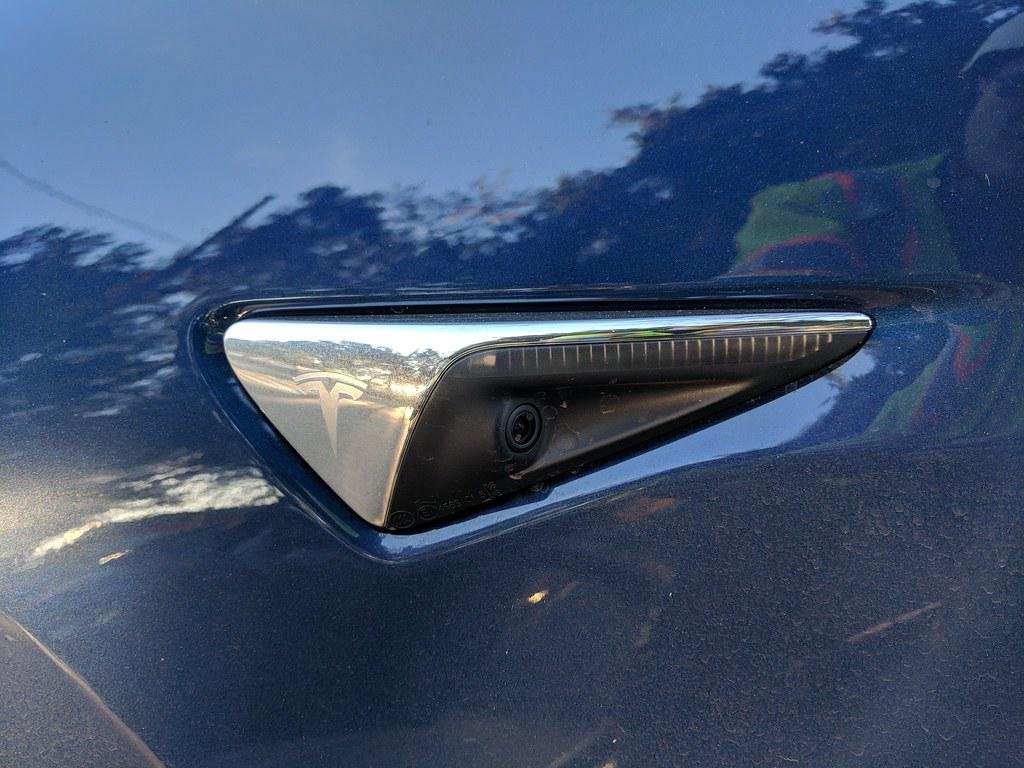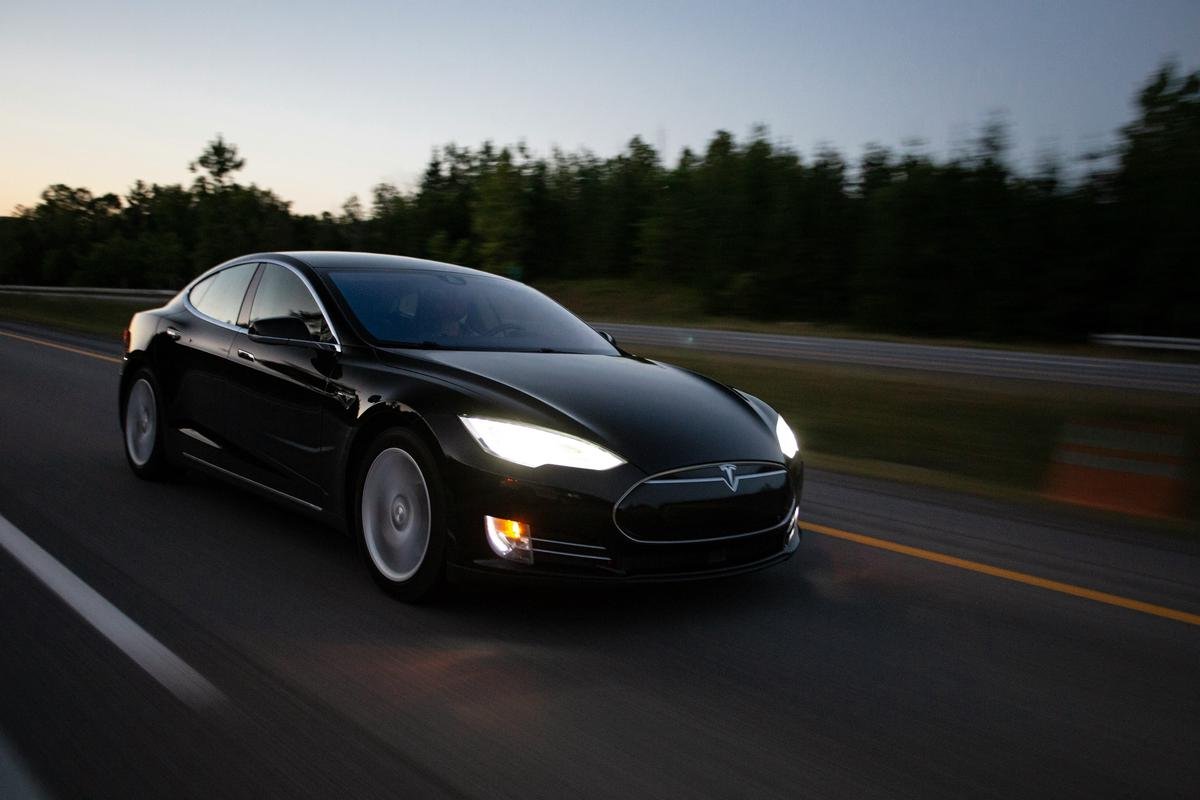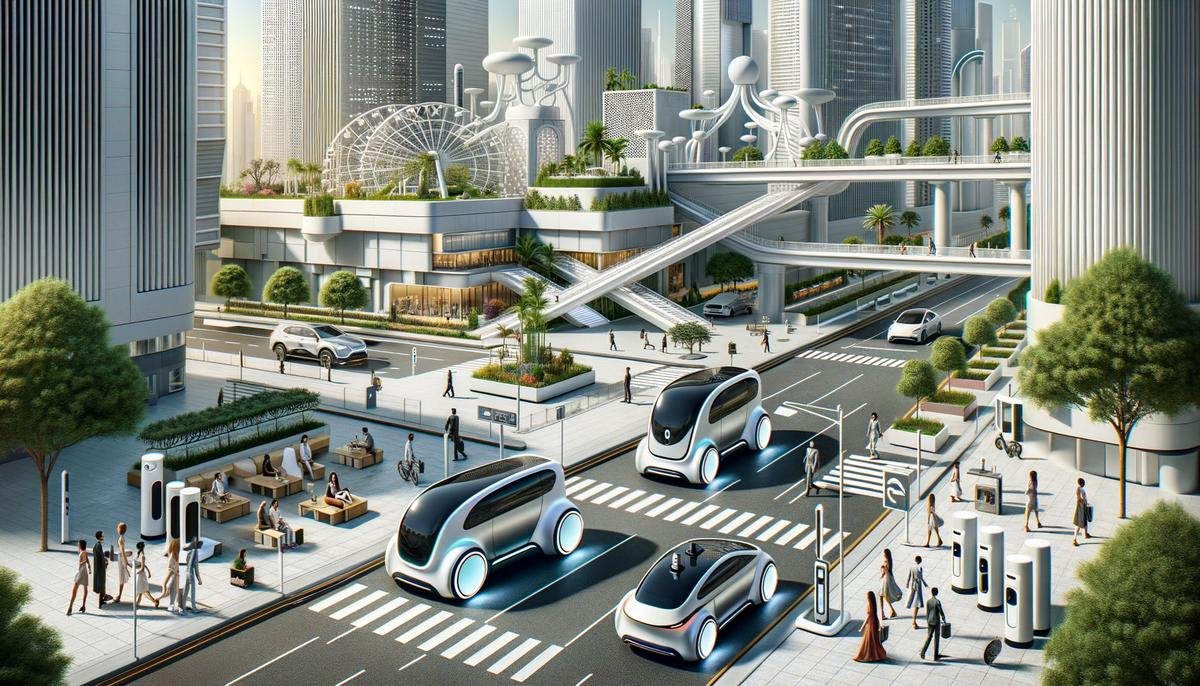Tesla Autopilot Technology
Tesla Autopilot represents a cutting-edge suite of driver assistance features that combines advanced hardware with sophisticated software. The system utilizes:
- A network of sensors and cameras
- Radar and ultrasonic sensors
- High-resolution optics
These components work in concert to provide a comprehensive view of the vehicle's surroundings. Tesla's onboard computer processes this data using neural networks to interpret the environment accurately, enabling the detection of obstacles and road signs with remarkable precision.
Autopilot has evolved significantly since its inception, progressing from basic lane-keeping and adaptive cruise control to more sophisticated capabilities. Recent updates have introduced:
- Navigate on Autopilot for highway interchanges
- Auto Lane Change for minimal-input lane shifts
Safety remains a paramount focus of Autopilot. The system's sensors and cameras continuously monitor potential threats, with features like automatic emergency braking and collision avoidance working tirelessly to maintain vehicle safety.
Interestingly, Autopilot has influenced driver behavior, with users generally becoming more relaxed. However, it's crucial to note that drivers must remain engaged, as Autopilot is designed to assist rather than replace human judgment.
At the heart of Tesla's system lies machine learning. By processing data from vehicles worldwide, it continuously learns and adapts to new scenarios. This integration of AI positions Tesla as a frontrunner in automated navigation and intelligent decision-making.
Despite its advancements, challenges persist, particularly in complex environments or adverse weather conditions. The system's reliance on unobstructed sensors can be problematic, driving ongoing research and testing to enhance Autopilot's performance across various conditions.
Autopilot's influence extends beyond Tesla, spurring innovation among other industry players in driver-assistance technology. This competition ultimately benefits consumers by promoting safer, more technologically advanced vehicles.
Regulatory bodies are closely monitoring autonomous innovations to ensure compliance and safety. Ongoing discussions focus on creating frameworks that define driver roles and address insurance implications. Ethical concerns, such as an autonomous car's decision-making in unavoidable accidents, are also under debate.
The broader implications of Tesla Autopilot for transportation are significant. When integrated with smart city infrastructures, it has the potential to improve traffic flow, reduce congestion, and enhance safety, potentially ushering in a new era of sustainable and efficient transit.

Advancements in Autonomous Features
Tesla continually refines its Autopilot features through software updates. Notable advancements include:
- Navigate on Autopilot: Guides vehicles through complex highway interchanges, acting as a digital co-pilot to steer along efficient routes.
- Smart Summon: Allows Tesla owners to have their car autonomously navigate through parking lots to reach them.
- Auto Lane Change: Aligns with the driver's intent, transitioning between lanes smoothly.
As these features accumulate more real-world data, they continue to improve in precision and efficiency. These advancements represent a critical evolution in autonomous functionality, reimagining the travel experience. They refine the balance between human oversight and digital assistance, offering a glimpse into a future where these elements work in harmony.
Safety and Regulatory Challenges
Tesla prioritizes safety in its Autopilot system, incorporating advanced features to address potential hazards. The system's safety suite includes:
- Automatic Emergency Braking
- Front Collision Warning
- Side Collision Warning
Tesla continuously analyzes driving data collected worldwide to refine its algorithms and enhance system responses. This ongoing improvement process ensures that Autopilot adapts to new challenges and scenarios over time.
However, Tesla faces regulatory challenges as it navigates the complex landscape of autonomous vehicle laws. Regulatory bodies scrutinize Autopilot's compliance with existing traffic laws and consider the ethical implications of automated decision-making.
Tesla must meet varying legal and safety requirements across different regions. This includes obtaining approvals from local authorities to deploy new capabilities, a process that requires extensive documentation and testing. The company actively participates in dialogues with lawmakers to establish legislation that supports innovation while ensuring public safety.

Economic and Market Implications
Tesla's Autopilot technology is poised to impact the automotive market significantly. It's driving innovation among competitors, forcing established automakers to reconsider their strategies and offerings. This competition is likely to result in a wider array of options and improved technologies for consumers.
The rise of autonomous vehicles may lead to job displacement in the transportation sector. However, it could also create new opportunities in fields related to the development, maintenance, and oversight of autonomous technologies.
"Autopilot technology may contribute to the growth of service-based transportation models, potentially shifting consumer behavior away from personal car ownership towards on-demand transport solutions."
Tesla's use of over-the-air updates and scalable manufacturing initiatives positions it to adapt quickly to changing market demands and regulatory conditions. This flexibility allows Tesla to efficiently allocate resources to self-driving goals while expanding its capacity to meet global demand.
The increasing autonomy driven by Tesla could lead to positive economic externalities, such as:
- Reduced traffic congestion
- Enhanced urban mobility
- Support for community development
- Enhanced economic resilience within urban environments

Tesla's Vision for Autonomous Transportation
Tesla's long-term vision for autonomous transportation centers on the development of a Robotaxi network. This concept could redefine urban mobility by enabling fleets of autonomously-operating vehicles. Tesla envisions a future where personal car ownership might become less essential, with Robotaxis offering cost-effective and environmentally friendly transport.
The Robotaxi initiative aims to integrate autonomous vehicles into shared urban transit systems seamlessly. This could increase accessibility for those unable to drive, such as the elderly or disabled, while reducing reliance on fossil fuels.
Widespread adoption of Tesla's autonomous network could have significant economic impacts, potentially:
- Lowering transportation costs for individuals
- Reducing operational costs for industries
- Encouraging more efficient mobility systems within cities
The transition to widespread autonomous vehicle usage raises complex questions about privacy, data use, and job displacement. Addressing these issues will require collaboration between policymakers, industry innovators, and community stakeholders.
Tesla's vision aligns with broader global trends towards smarter, sustainable urban environments. As these concepts move from theory to practice, Tesla continues to lead the autonomous revolution, aiming to reshape transportation and modern society.

- Musk E. Master Plan, Part Deux. Tesla Blog. 2016.
- Tesla Inc. Tesla Vehicle Safety Report. 2021.
- National Highway Traffic Safety Administration. Automated Vehicles for Safety. 2021.
- Litman T. Autonomous Vehicle Implementation Predictions. Victoria Transport Policy Institute. 2021.
- Fagnant DJ, Kockelman K. Preparing a nation for autonomous vehicles: opportunities, barriers and policy recommendations. Transportation Research Part A: Policy and Practice. 2015;77:167-181.




